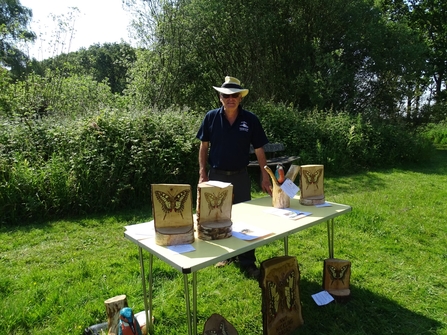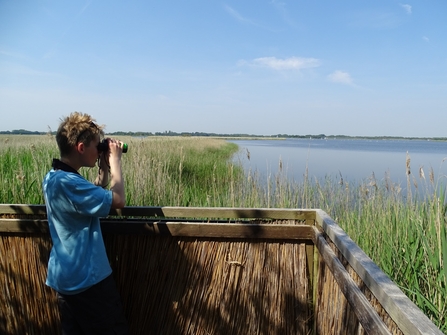The swallowtail is a beautiful butterfly and can only be found at a few locations in the UK, but one of the best is NWT’s Hickling Broad. Every year these iconic butterflies are celebrated on World Swallowtail Day and large numbers of people flock to Norfolk to get a view of the swallowtails. The date varies from year to year depending on when swallowtails have emerged, so usually mid-June. I journeyed up to take a look at my favourite butterfly on the 11th of June, at the heart of the festivities on this special day.
Hickling Broad is unrivalled for Norfolk wildlife, with many landmark species found here. These include the Norfolk hawker dragonfly, swallowtail and bearded reedling. With high hopes, I doused myself in sun cream before stepping out into the boiling June heat. Given the recent cold spell, a couple of hot days could spur the swallowtails’ emergence...
I decided that first I would head down to the visitors centre pond to see if there were any dragonflies about. I found many blue damselflies or bluets, but then something caught my eye. A black and yellow butterfly circled for a minute, then raced off over the lawns. The first fleeting glimpse of a swallowtail on World Swallowtail Day!
We met a man at the visitor centre who had made carvings of swallowtails using a chainsaw and a log, which I thought was rather impressive! They were intricately painted, and were also very well whittled. So, having asked where to look for swallowtails, we set off to catch our boat.



